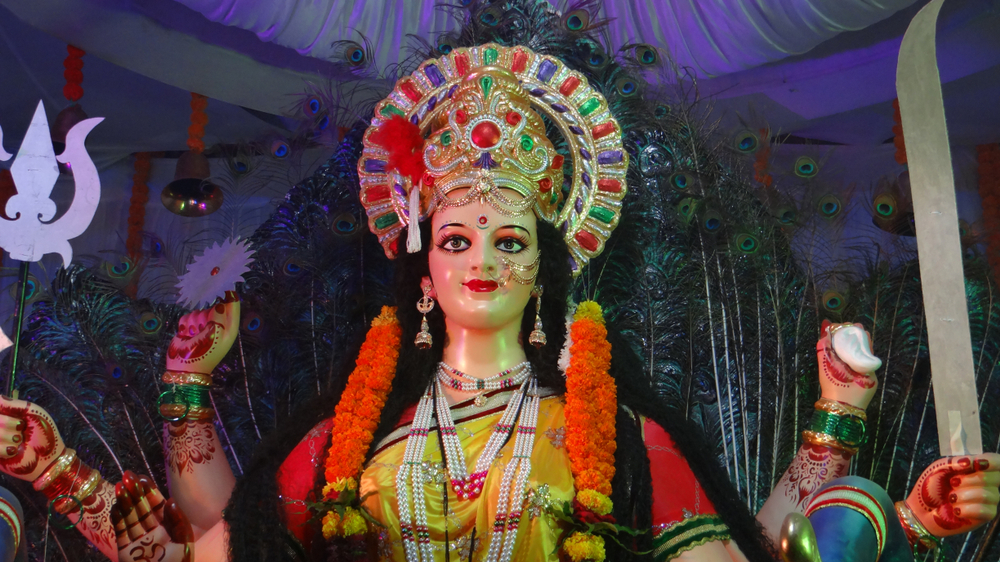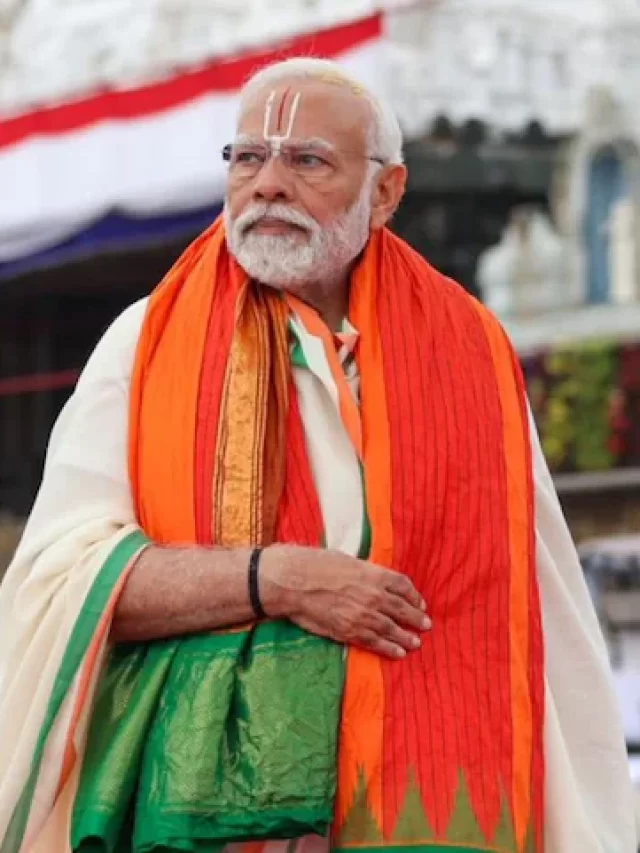Goddess Festivals In Chandraghanta represents the strength and tranquility that dwell within every individual. As the third manifestation of Durga, she encapsulates the divine feminine power capable of confronting evil while maintaining an aura of peace. Through her worship, devotees are inspired to lead lives of virtue, balance, and fearlessness, following her example of fierce protection and nurturing grace. Festivals In Chandraghanta symbolism continues to resonate with those who seek inner and outer harmony, reflecting the eternal balance between power and peace in the universe.
Chandraghanta: The Third Form of Goddess Durga

Chandraghanta is a significant deity in Hinduism, revered as the third form of Goddess Durga, representing strength, beauty, and courage. Her name comes from the crescent moon (Chandra) shaped like a bell (Ghanta) adorning her forehead, symbolizing peace, serenity, and fearlessness. She is worshiped on the third day of Navaratri, a nine-day Hindu festival dedicated to the nine avatars of Goddess Durga.
Symbolism of Goddess Chandraghanta
Chandraghanta embodies both a gentle and fierce form of the goddess. Her iconography typically depicts her with ten arms, each holding different weapons, while one arm remains in a gesture of blessing, signifying her protective and benevolent nature. She is shown riding a tiger or lion, a symbol of courage and fearlessness, demonstrating her readiness to confront and vanquish evil. Her weapons include a trident, mace, sword, bow, and arrow, among others, representing her ability to combat injustice.
The crescent moon on her forehead emits cool rays that symbolize calmness amidst chaos. Despite her fierce appearance in battle, her aura exudes tranquility and divine grace, which reflects the balance between destructive power and maternal compassion.
Mythological Significance
Chandraghanta is known for her role in defeating evil forces, particularly as part of the larger Durga myth where the goddess battles and conquers the buffalo demon Mahishasura. Festivals In Chandraghanta presence, along with Google other forms of Durga, illustrates the multi-faceted power of the divine feminine to both nurture and protect. In this aspect, she represents the cosmic struggle between good and evil, where the divine ultimately triumphs through moral strength and courage.
The symbolism of her bell-shaped crescent also carries a special significance. It is said that the sound of her bell terrifies demons and evil spirits, while providing reassurance and protection to her devotees. This duality of fear and comfort highlights the balance she maintains between destruction of malevolent forces and the nurturing care she provides to her worshippers.
Worship and Rituals
On the third day of Navaratri, devotees worship Chandraghanta with great devotion to seek her blessings for peace, prosperity, and protection. Offerings such as milk, sweets, and flowers are made, and hymns like the Durga Saptashati are recited to honor her. It is believed that by worshipping her, devotees rid themselves of negative energies, physical and spiritual hindrances, and attain spiritual growth.
Her form is especially significant for women, as she is seen as a protector of righteousness and a symbol of inner strength. Women look to her as a role model of power, grace, and courage, qualities that transcend into everyday life.
Spiritual Significance
Goddess Chandraghanta signifies the importance of inner strength, balance, and the ability to remain calm in the face of adversity. She embodies the harmony between gentleness and aggression, teaching Festivals In Chandraghanta devotees that life’s challenges can be met with grace and dignity. The practice of worshipping her encourages self-discipline, mental peace, and courage to face hardships.
Her blessings are believed to elevate the spiritual journey of the devotee by improving concentration and inner consciousness. Meditating upon her image allows a seeker to break through mental barriers and transcend worldly illusions, progressing toward spiritual enlightenment.



